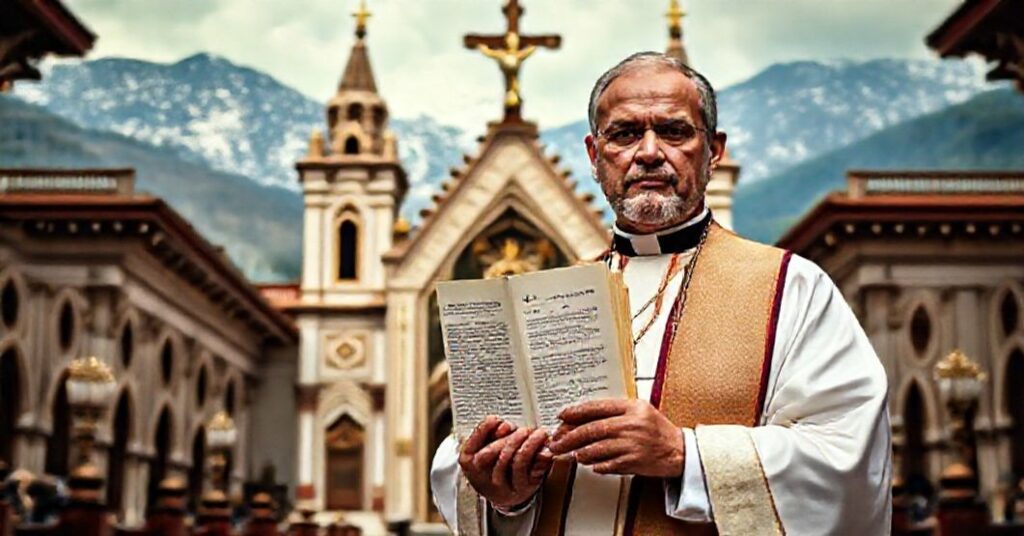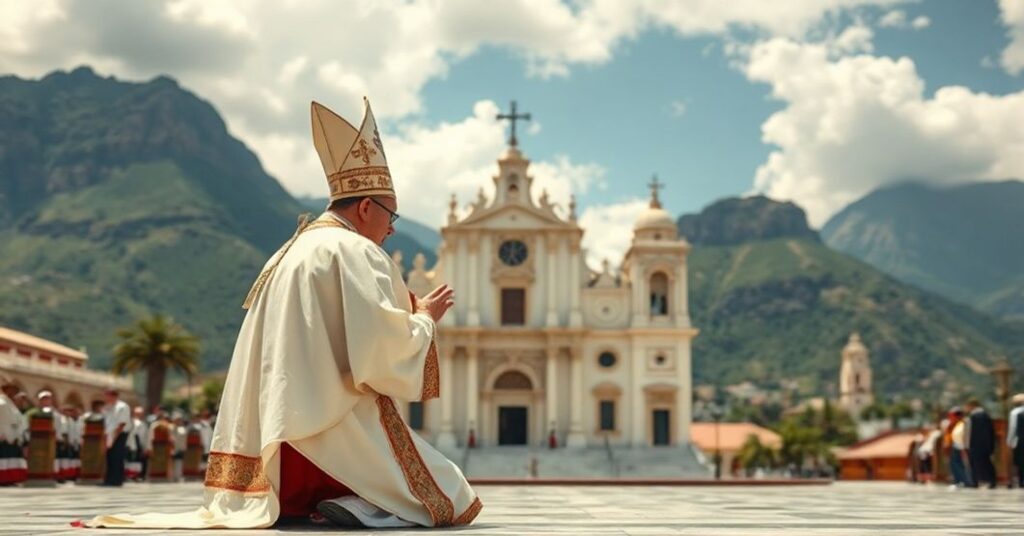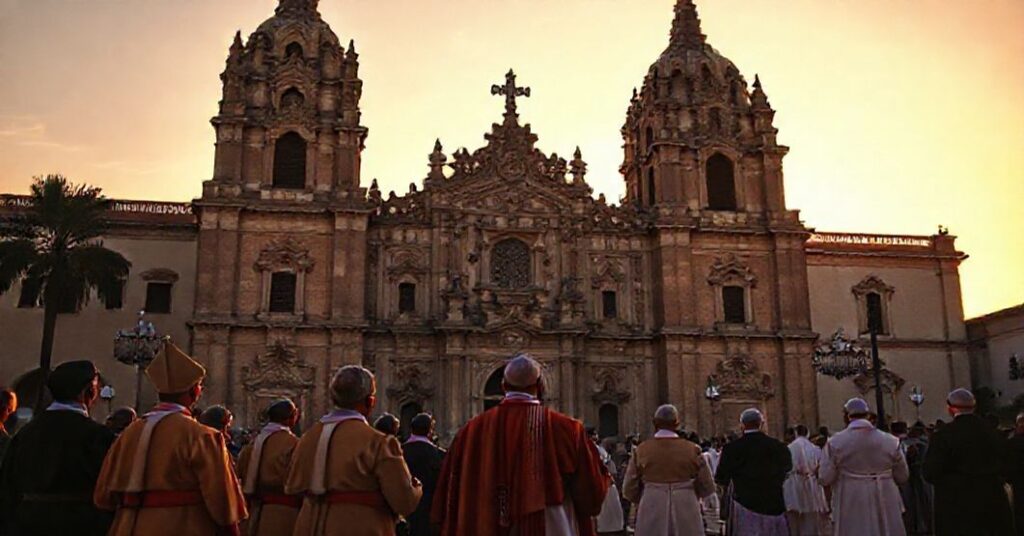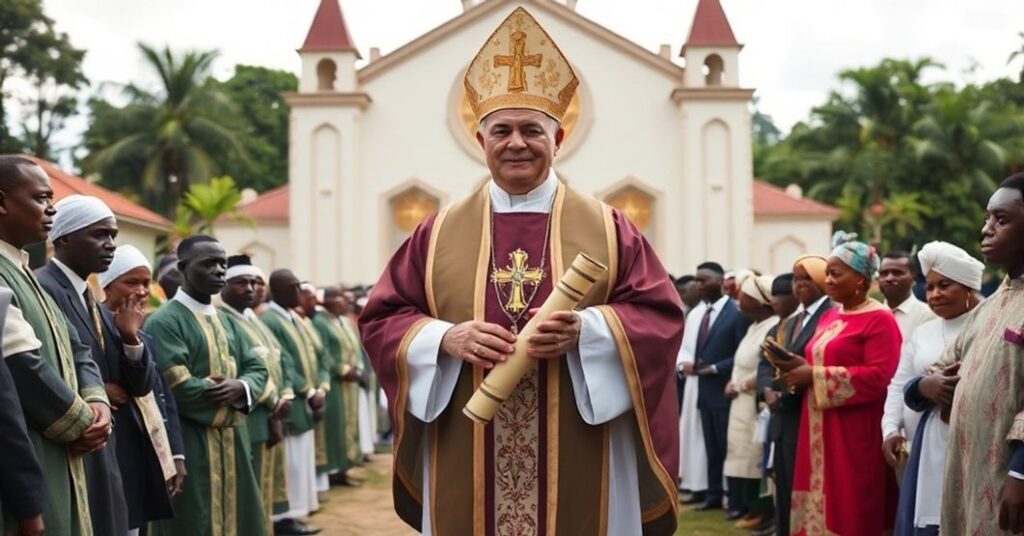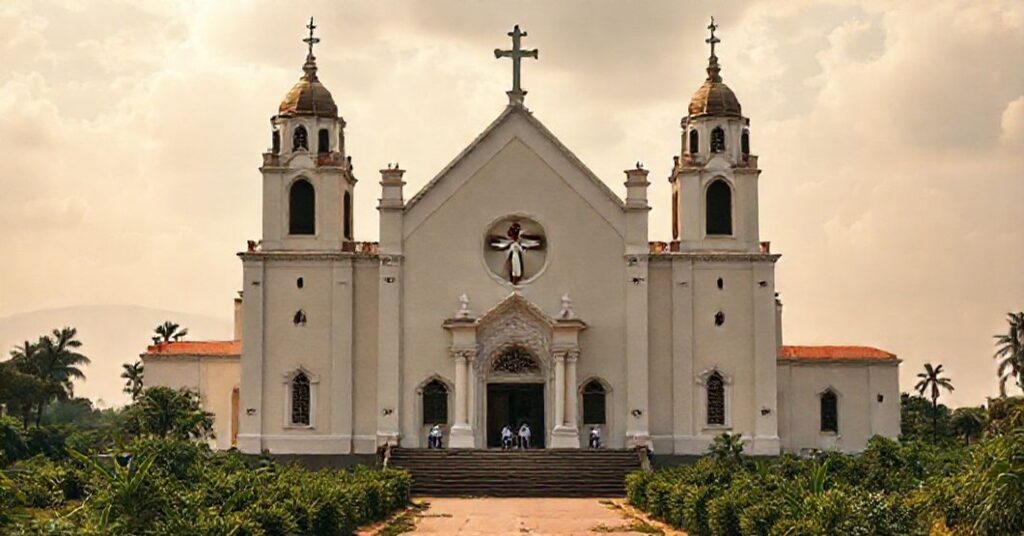Constitutio Apostolica Portalegrensis in Brasilia (1959.06.20)
The Latin text attributed to John XXIII announces the erection of a new ecclesiastical circumscription in Brazil, the so-called Diocese of “Sanctae Crucis in Brasilia” (Santa Cruz do Sul), by detaching specified municipalities from the Archdiocese of Porto Alegre, defining territorial limits, designating Santa Cruz do Sul as episcopal see, raising the parish church of St John the Baptist to cathedral rank, determining suffragan dependence on Porto Alegre, ordering the creation of a chapter or diocesan consultors, prescribing at least an elementary seminary, regulating economic support for the new structure, and imposing canonical procedures for documents and governance. All of this is wrapped in solemn legalistic formulas asserting universal jurisdiction and demanding unconditional obedience to the will of the signer.




